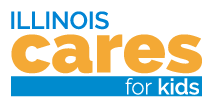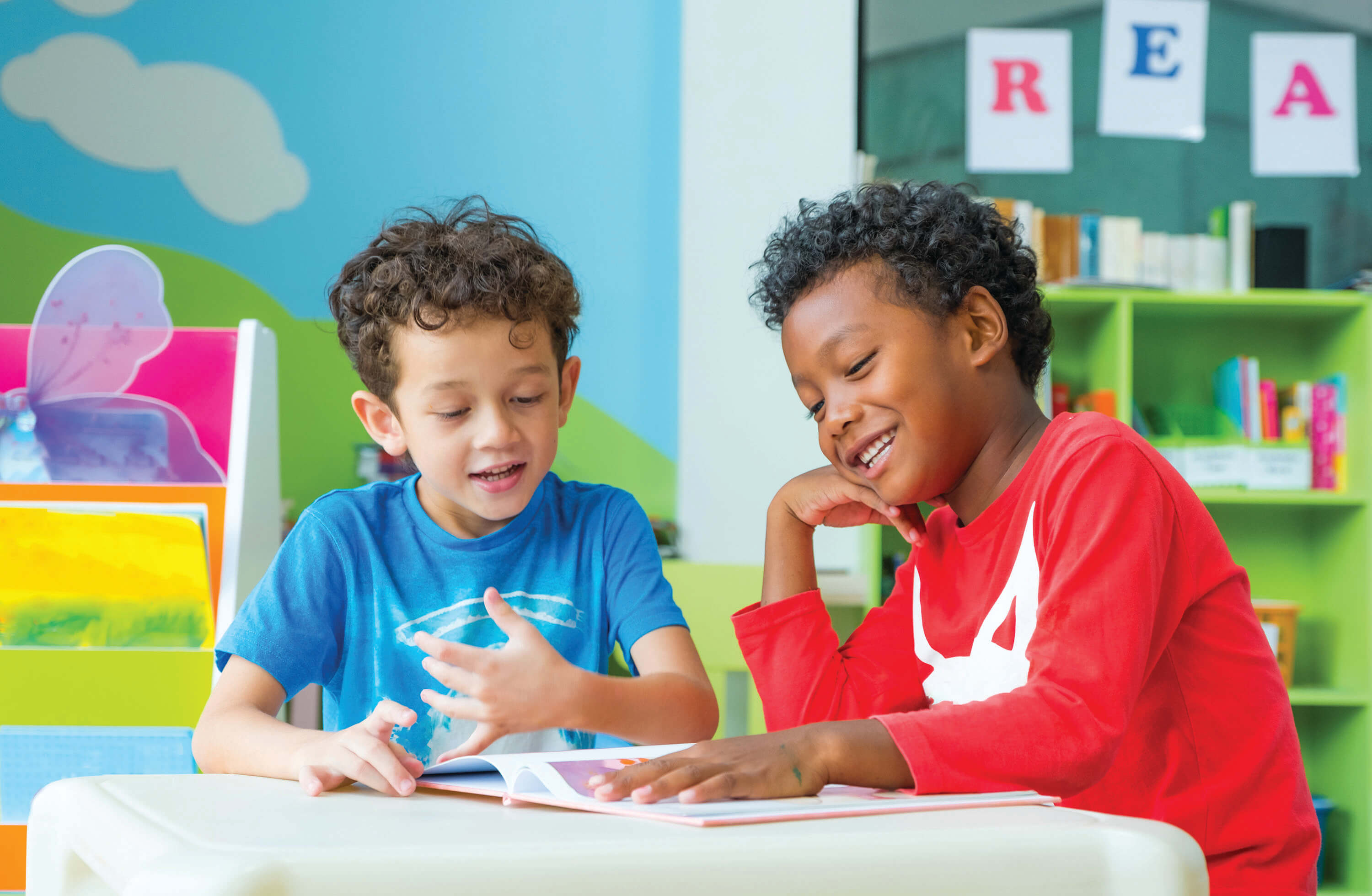Child development professionals define specific milestones for parents/caregivers and child care professionals to track a child’s development.
5-8 Years
At 5-8 years old, a typically developing child should demonstrate the following skills. This partial list of milestones is compiled from the Center for Disease Control and Prevention and Johns Hopkins University.
Social and Emotional skills:
- Shows more independence from family
- Starts to think about the future
- Wants to be liked and accepted by friends
Language skills:
- Explain objects and their use
- Learns better ways to describe experiences
- Talks about thoughts and feelings
Learning skills:
- Chooses skills to improve through practice
- Can count backwards
- Enjoys many activities and stays busy
Physical movement skills:
- May lose first tooth
- Jumps rope
- Rides bike
9-11 Years
At 9-11 years old, a typically developing child should demonstrate the following skills. This partial list of milestones is compiled from the Center for Disease Control and Prevention and Johns Hopkins University.
Social and Emotional skills:
- Forms stronger, more complex peer relationships
- Becomes more aware of body as puberty approaches
- Likes competitions and games
Language skills:
- Begins seeing others’ viewpoints more clearly
- Writes letters and stories
- Reads more for their own enjoyment
Learning skills:
- Increasing attention span
- Enjoys collecting objects
Physical and movement skills:
- Jumps, skips, and chases
- Uses tools such as hammers, screwdrivers, etc.
- Dresses and grooms self completely
12-13 Years
At 12-13 years old, a typically developing child should demonstrate the following skills. This partial list of milestones is compiled from the Center for Disease Control and Prevention and Johns Hopkins University.
Social and Emotional skills:
- Shows growing concern with appearance
- Increased interest in the opposite gender
- Develops deeper friendships with specific peers
Language skills:
- Reads well
- Enjoys talking to others
Learning skills:
- Increases ability for abstract thought
- Develops a stronger sense of right and wrong
Physical and movement skills:
- Develops more body and facial hair
- Adjusting to increased height and length of limbs
- Shows growth in hand-eye coordination


